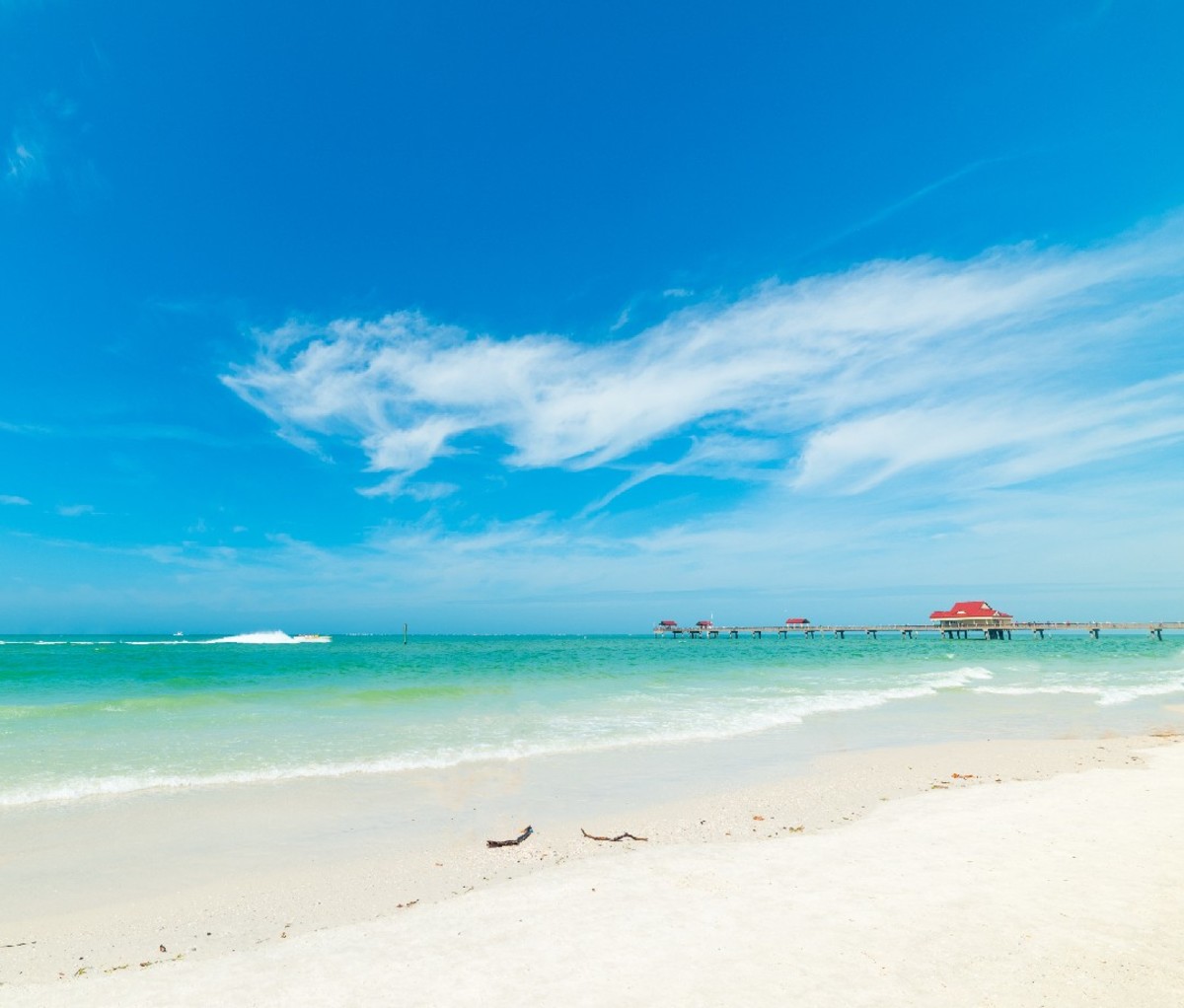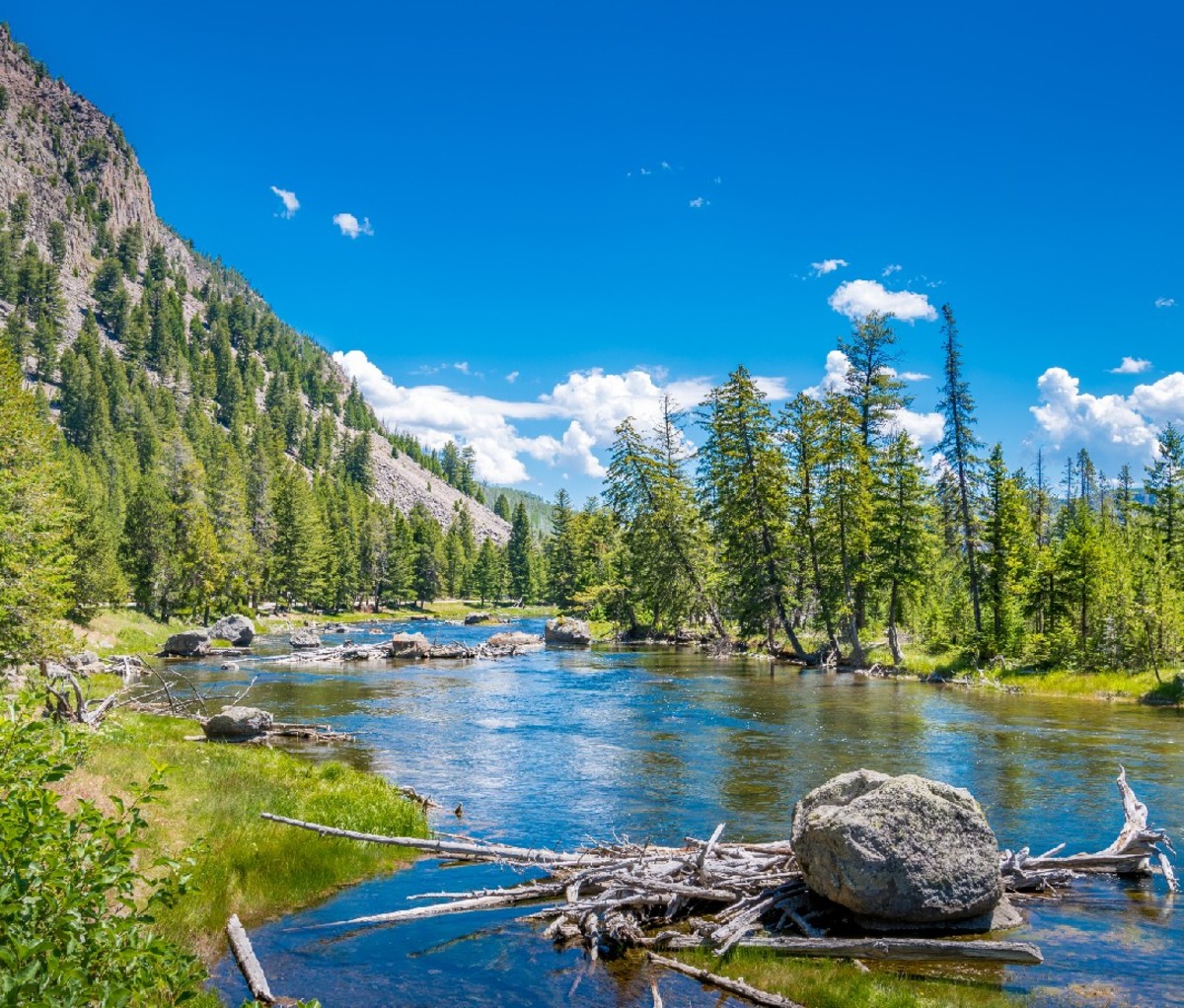What Greater COVID-19 Vaccinations Could Mean for Summer Travel
It wasn’t long ago the 2021 summer travel season looked like a dud. The first COVID-19 vaccines were given in December, but weren’t expected to be available to most people until July. For many, that meant the second socially distant summer in a row. But President Biden’s recent declaration that all adult Americans will be eligible for vaccines by May 1 changes everything. Suddenly, summer travel is back, but that doesn’t mean you should book trips with wild abandon.
Remember when President-elect Biden promised 100 million COVID-19 vaccines would be distributed in his first 100 days in office? With a current average of more than 2.3 million doses being administered each day, that goal has already been met. Now, Biden says he hopes Americans will be able to celebrate the Fourth of July in small groups. This accelerated scheduling might seem ambitious, but as White House adviser Andy Slavitt said, “We are not in the habit of overpromising.”
Here’s what you need to know for summer travel this year.

1. The Major Trend: Domestic Travel Over International Getaways
Where are Americans going this summer? It’s going to be largely domestic, according to experts. Travel restrictions for other countries are in constant flux. There are some places you can’t go and some you can, and those are constantly changing. To be clear, this might not be the year you’re heading off on a Euro trip and the only way you’re getting into New Zealand is if you’re a citizen or a permanent resident. On the other hand, countries such as Seychelles, Cyprus, and Poland are already open to vaccinated travelers. And popular destinations for Americans such as Mexico and the Caribbean don’t have any travel restrictions related to COVID-19. With international travel, consider the merits of a specific destination and, just as importantly, if they’ll even let you in.
2. Top Travel Destinations of Summer 2021: Warm Weather and Wide-Open Spaces Close to Home
Travelers want to go where it’s warm and, not surprisingly after the past year, they want to be outdoors.
“The destinations seeing a lot of interest fall into two categories: beach or nature, such as national parks, mountains, and lakes,” says Christie Hudson, senior PR manager at Expedia.
On Expedia’s top 10 list for lodging demand in June, Florida is completely dominant. The Sunshine State takes up seven spots with the St. Petersburg/Clearwater area reigning supreme.

Want to eschew Florida for something more rugged? America’s national parks will also play prominent roles. Gatlinburg and Pigeon Forge—mere miles from one another in Tennessee, neighboring both Great Smoky Mountains National Park and Dollywood—are second on the list. Just two spots below is St. George, Utah, the gateway to Zion National Park.
Airlines are adapting to this new interest in domestic travel by adding new destinations that lead outdoors. Alaska and Southwest airlines added Montana routes to their schedules, putting travelers closer to Yellowstone and Glacier national parks. Meanwhile, Delta is expanding direct flights to Alaska from cities across the country.
3. Be Flexible and Cautiously Optimistic
“We’ve recently seen booking windows increasing, indicating travelers are starting to solidify their plans for summer vacations,” Hudson says. “People are feeling optimistic about their ability to take their long overdue vacations sometime soon.”
Of course a return to travel would be a huge boost for the U.S. tourism industry. Revenue for U.S. tourism went down by more than $500 billion in 2019, according to the U.S. Travel Association. And while there are many signs the 2021 summer travel season could be fruitful (TSA hired 6,000 new airport screening agents to help handle the influx), health experts are still urging caution. Remember, this pandemic isn’t behind us (yet).
“We are really trying to restrain travel at this current period of time, and we’re hopeful our next set of guidance will have more science around what vaccinated people can do, perhaps travel being among them,” Rochelle Walensky, MD, director of the Centers for Disease Control, said at a White House news conference in February.
Bottom line: With a “wait-and-see” mindset toward travel, be flexible. Expect modifications, cancellations and, above all else, prioritize the health of yourself and others first. That city or trail will still be there six or 12 months from now.
4. If You’re Vaccinated and You Want to Travel, Make Those Reservations Now
If you choose to travel, try to finalize your plans as soon as possible. The surge in vaccines and the continued reduction of COVID-19 cases means more potential travelers looking to book hotels and flights. And just in case, look for refundable options that allow free cancellations or provide you the option to book now and pay later.
Also be sure tovisit the websites of the Centers for Disease Control and Prevention and the World Health Organization for the most current COVID-19 alerts and updates. Also review any travel advisories related to the destination(s) you’re planning to visit, and keep yourself and others safe by wearing a face covering, practicing social distancing, and bringing the appropriate food, drinks, and other supplies when possible.
For access to exclusive gear videos, celebrity interviews, and more, subscribe on YouTube!
